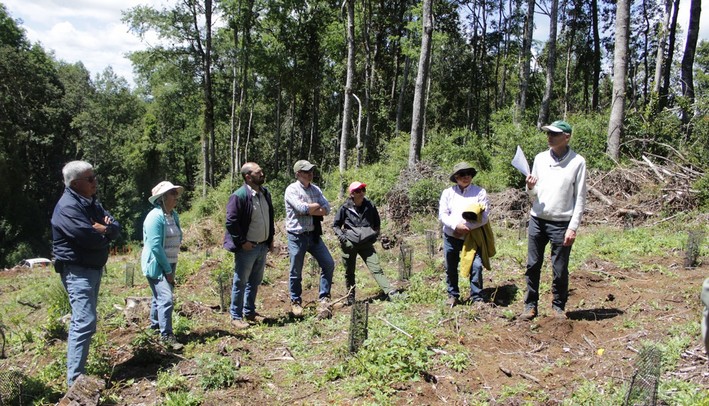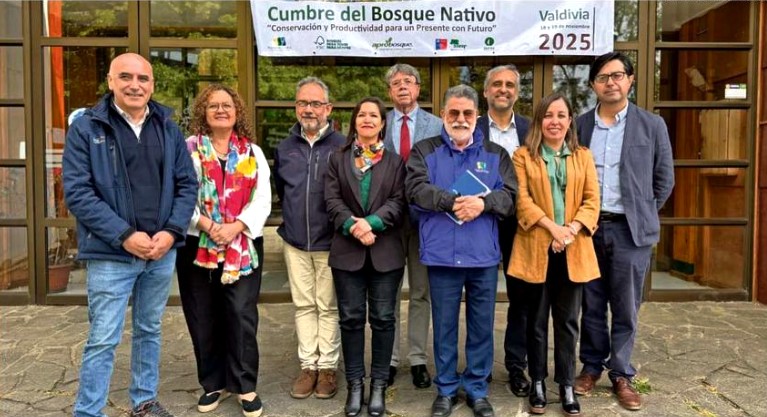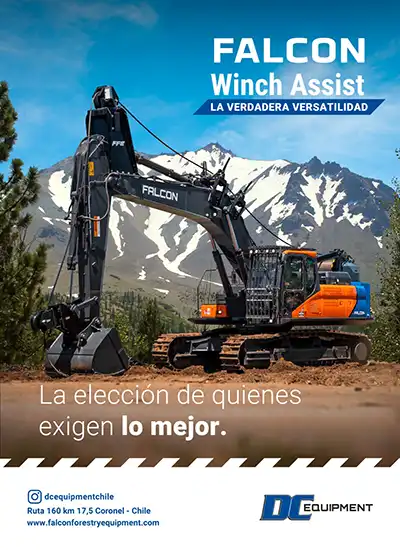Biobío Madera: Sustainable Construction in the Face of the Housing Crisis
Amid the housing crisis affecting the country and the various challenges facing the construction sector, Corfo has driven the development of the Regional Strategic Program for Modern Sustainable Wood Construction Methods, Biobío Madera.
In an interview with Radio UdeC, Frane Zilic, manager of Biobío Madera, explained that the initiative seeks to advance toward sustainable development by promoting the industrialization of construction using local and natural materials, aiming to improve quality, timelines, circularity, and carbon neutrality in building.
In practice, and specifically in the region, Zilic noted that the program does not focus as much on the traditional forestry industry but rather on SMEs that can contribute to the value-added production chain in construction through the design and manufacturing of industrialized building components.
For this reason, the program brings together various public and trade institutions, valuing wood "as a potential vector for regional development," emphasized the architect.
Regarding the benefits of wood construction, Zilic pointed out that it contributes to national carbon neutrality goals, allows for lighter homes, reduces material transportation, among other advantages.
The program acknowledges that there is a major challenge in fostering a cultural shift regarding the benefits of wood compared to perceived risks, such as those associated with wildfires.
Frane Zilic stated, "We tend to judge the performance of the entire system based on the material, and that’s a mistake," adding that wood faces a "problem with design standards."
In this regard, he noted that in countries like Australia and the U.S., for example, there are regulations on how to design homes to better withstand wildfires.
Regarding the program's development, the architect explained that it could last up to 10 years. After beginning work in 2024, the first stage involves designing and constructing two-story homes, then progressing to three-to-five-story buildings. By years 6 or 7, the focus will shift to public buildings, and from year 10 onward, the goal is to advance toward high-rise construction.
However, "there are still regulatory adjustments, engineering, testing, and a series of things needed," Zilic noted.
On the housing crisis and the opportunity to build with wood, the program manager explained that "it’s a mistake to understand industrialization as the mass repetition of a single house," when the manufacturing industry generally operates based on components "that allow for customization of the final product."
Precisely, Biobío Madera is working on designing and producing these components, "like Lego pieces," to combine different elements developed in Biobío through this new industrialization model aimed at local SMEs.
Finally, Frane Zilic argued that wood construction is suitable for different climates and pointed out that, ironically, current wooden homes have "very little wood," with insulating materials being the ones that regulate temperature, for example.
Additionally, the program has emphasized managing the surroundings of wooden homes, seeking to help communities prepare for potential emergencies.
Source:Radio UdeC

















